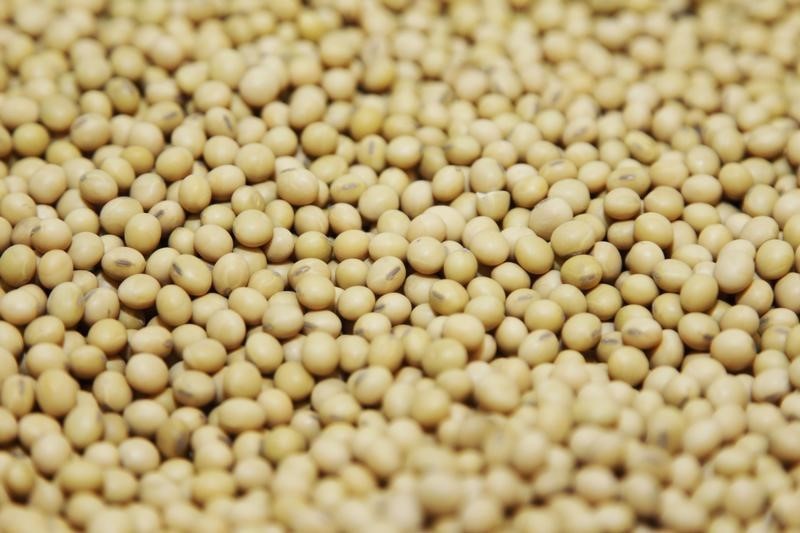* Chickpea, lentil prices well above long-term averages
* That has prompted Australian farmers to plant more pulses
* Expected to reap record harvest this season
By Harry Pearl and Cecile Lefort
SYDNEY, Aug 26 (Reuters) - Australian farmers are set to churn out record harvests of pulses such as chickpeas and lentils after they rushed to take advantage of surging prices due to shortages in world No.1 producer and consumer India.
Prices of the key pulses, long-used to make dishes such as curries and growing in popularity globally due to their high-protein content, soared above A$1,200 ($915) per tonne earlier this year, according to National Australia Bank.
Although markets have since pulled back to around A$700 per tonne, they are still well above longer term averages of A$300 to A$500, said Nick Goddard, chief executive of industry body Pulse Australia.
The rise, largely driven by production shortfalls in India due to back-to-back droughts and irrigation problems, prompted Australian farmers to plant more pulse crops, with a total harvest of around 4 million tonnes expected this year compared to 2.2 million last season, according to Pulse Australia. should help cement Australia's position as a top five global exporter of pulses alongside nations such as Canada and China at a time when it is looking to rebalance its economy as a mining investment boom fades.
"(Prices) were double where they normally were," said Phil Christie, a farmer in southeast Australia, explaining why he chose to plant 20-percent more chickpeas this season.
Australia typically exports two-thirds of its chickpea output to India, with most of he remainder sold to Bangladesh and Pakistan. Very little is consumed locally.
As well as chickpeas and lentils, pulse crops include field peas, lupins and fava beans.
Prices are expected to ease towards year-end as the Indian growing season gets off to a strong start and as producers such as Canada and Russia ramp up exports.
But Pulse Australia has forecast export earnings from this year's harvest would likely hit a record A$2 billion, up from $1.2 billion in 2015.
Goddard cautioned some farms in the state of New South Wales had recently had crops ruined by excessive rainfall, although he said the overall outlook remained strong.
"Even if we lose a bit because of the rain, it's still going to be a very good year," he said.
($1 = 1.3103 Australian dollars)
